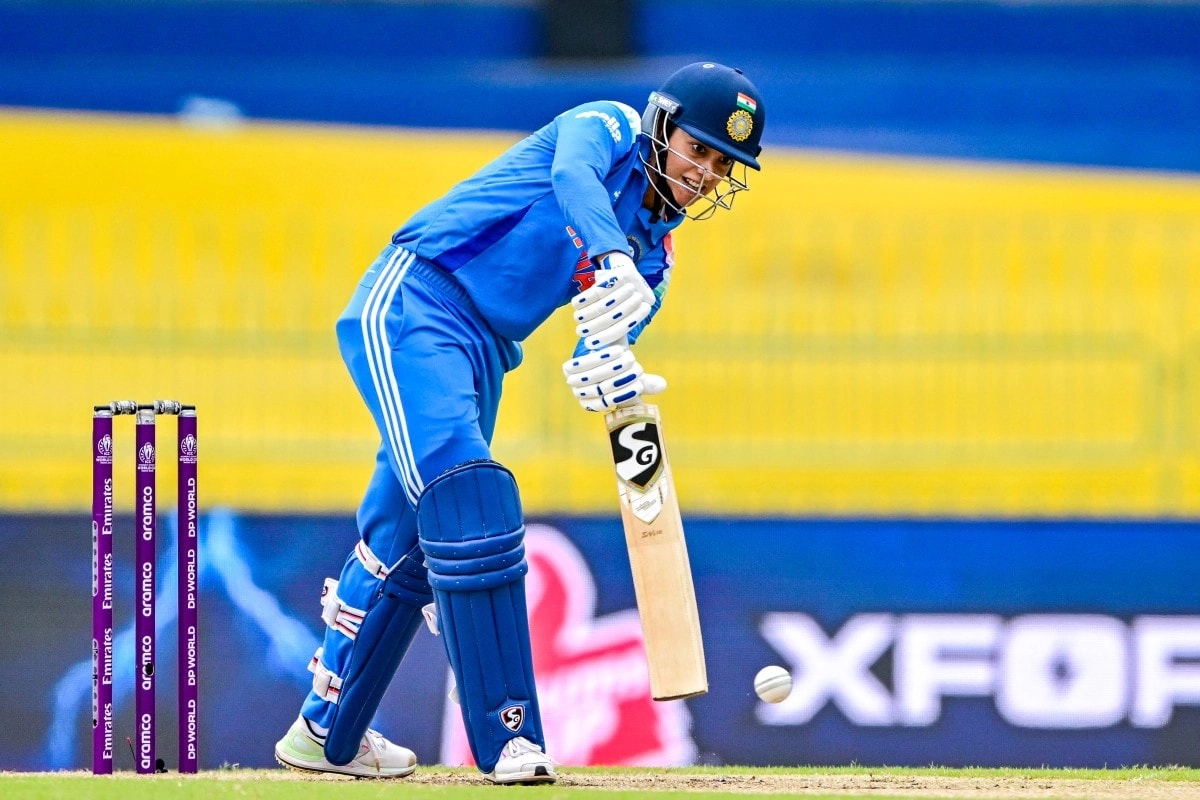Recent developments have revealed that Russia is independently manufacturing Shahed-136 drones, a type of unmanned aerial vehicle originally developed by Iran. This significant shift in production capabilities has raised concerns about the evolving relationship between Russia and Iran, as well as the geopolitical implications of such advancements. The Shahed-136 drones have been utilized by Russia in its ongoing conflict in Ukraine, where they have been deployed in various combat operations, contributing to the Kremlin’s tactics and strategies in the region. Consequently, the decision to produce these drones domestically indicates a strategic pivot for Russia, aiming to bolster its military capabilities amid increasing international sanctions and supply chain disruptions.
The independent production of Shahed-136 drones is likely to exacerbate tensions between Russia and Iran, as the latter may perceive this move as a challenge to its technological supremacy and defense export market. Iran has positioned itself as a key player in drone technology, with its UAVs gaining notoriety for their effectiveness in asymmetric warfare. The potential replication of this technology by Russia not only undermines Iran’s status as a leading drone producer but also raises questions regarding the future of military cooperation between the two nations. While they have historically maintained a partnership against common adversaries, this new development could lead to a reassessment of their alliance, as both countries navigate their national interests in an increasingly complex geopolitical landscape.
Furthermore, the increased production of drones within Russia could have far-reaching consequences for the region and beyond. As drone warfare becomes more prevalent, the proliferation of such technology may lead to a new arms race, with other nations seeking to enhance their own drone capabilities in response. This could destabilize the balance of power in regions already fraught with tension, as countries may feel compelled to invest heavily in drone technology to safeguard their national security. Additionally, the use of domestically produced drones in conflict scenarios could embolden Russia to pursue more aggressive military strategies, knowing it has a reliable supply of UAVs at its disposal.
In summary, Russia’s decision to build Shahed-136 drones independently represents a significant development in the realm of military technology and international relations. The ramifications of this move extend beyond the bilateral ties between Russia and Iran, influencing the broader geopolitical landscape as nations reassess their military capabilities and alliances in response to emerging threats. As the conflict in Ukraine continues and tensions simmer globally, the race for drone technology could redefine warfare and international power dynamics in the years to come.




